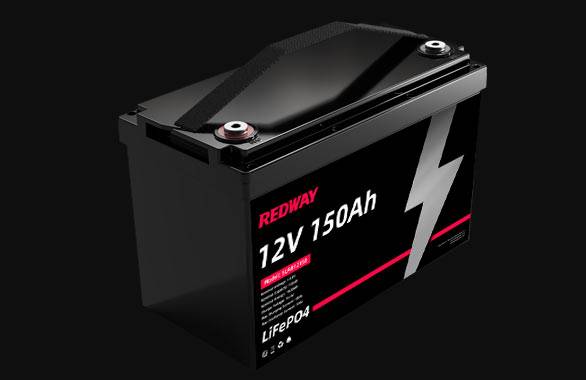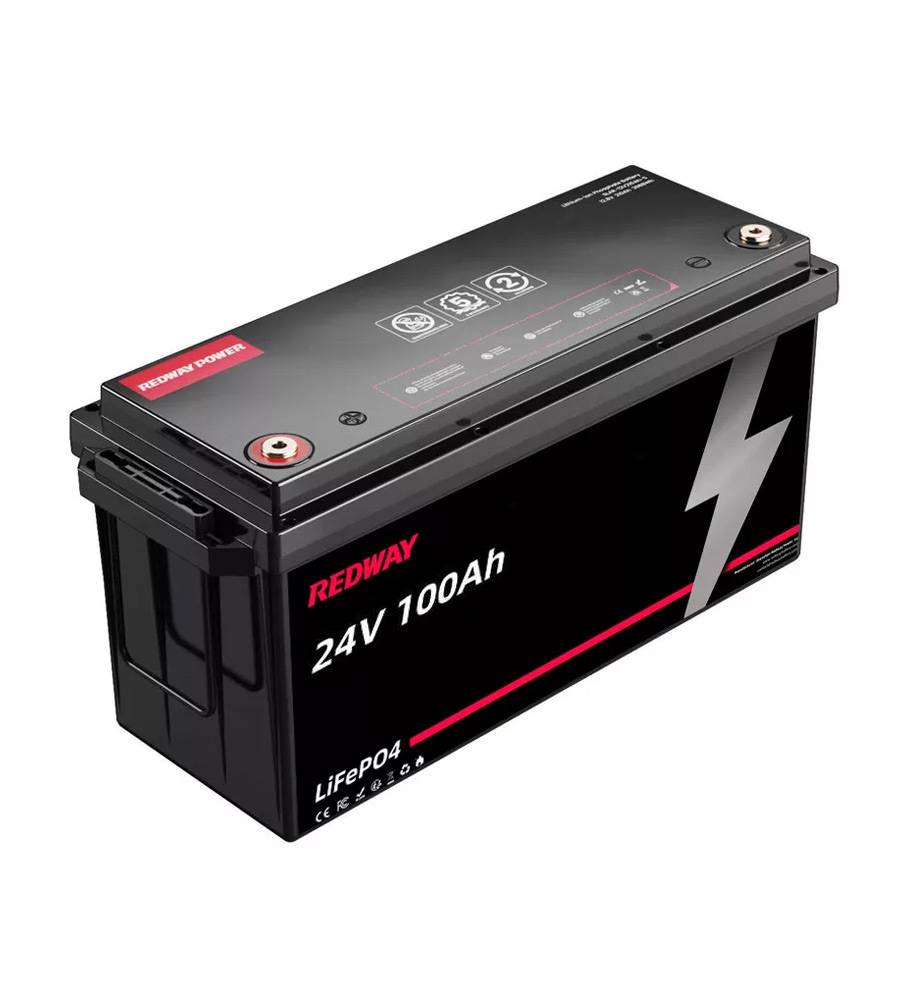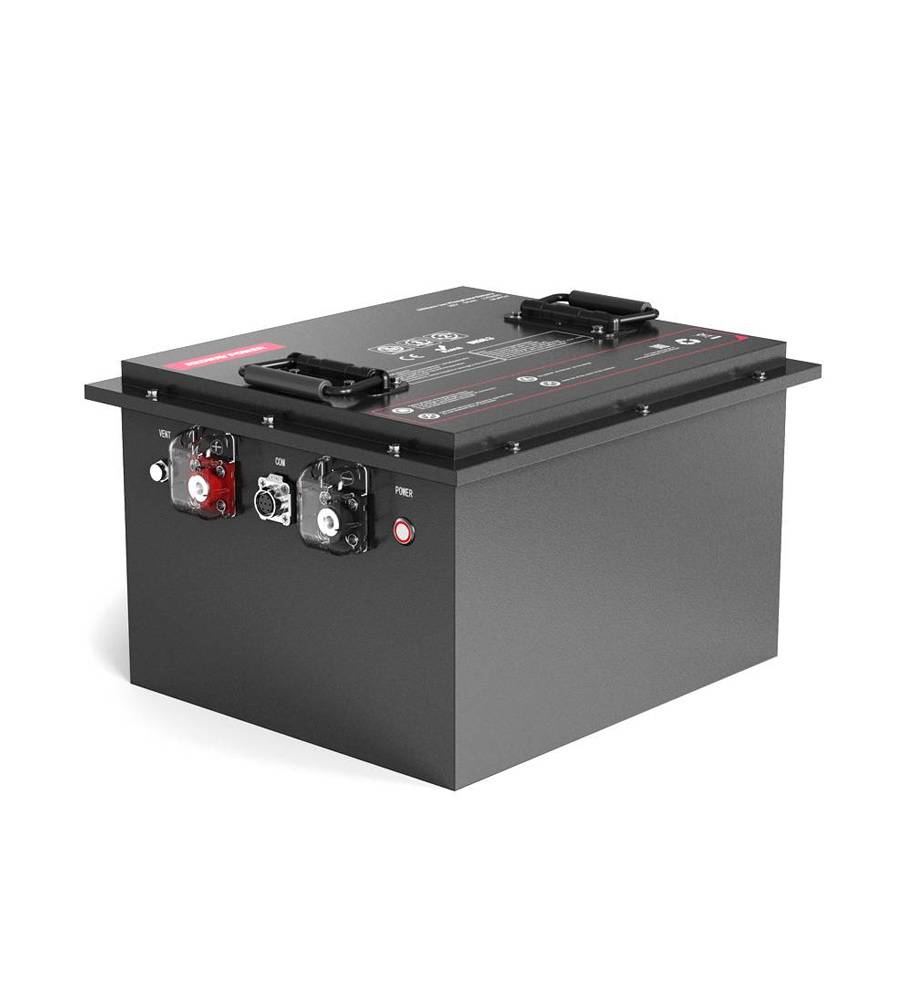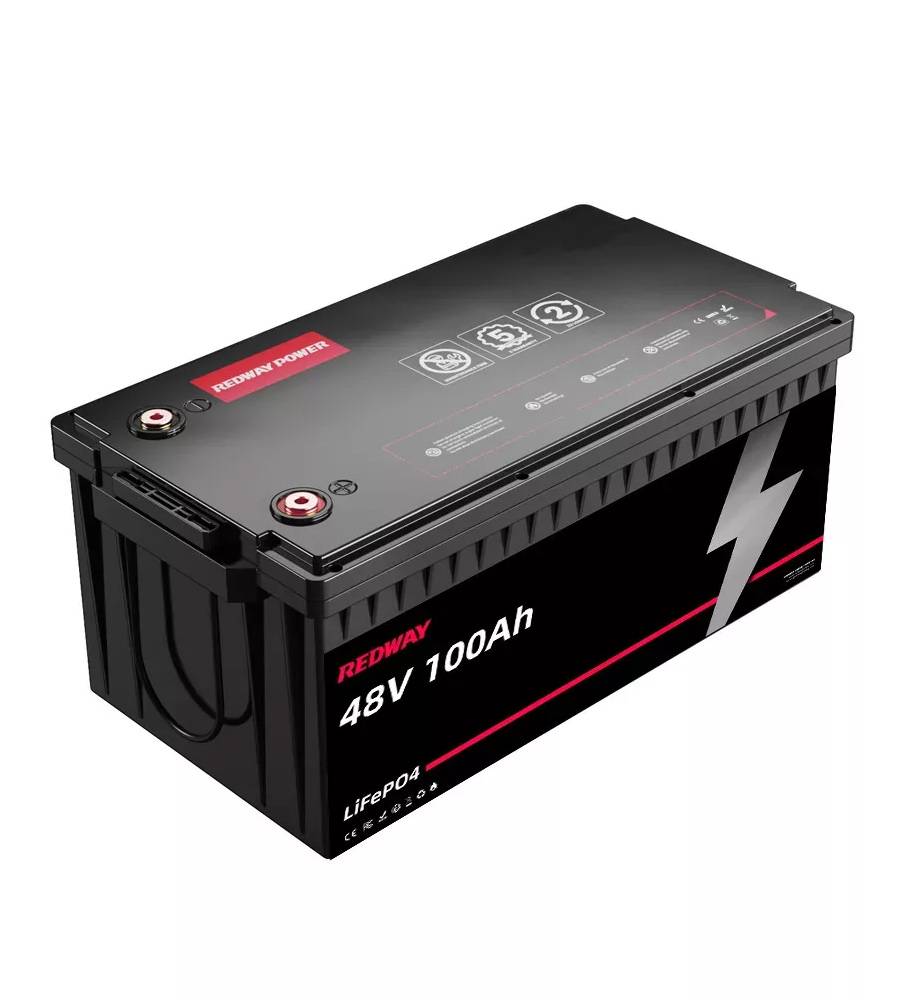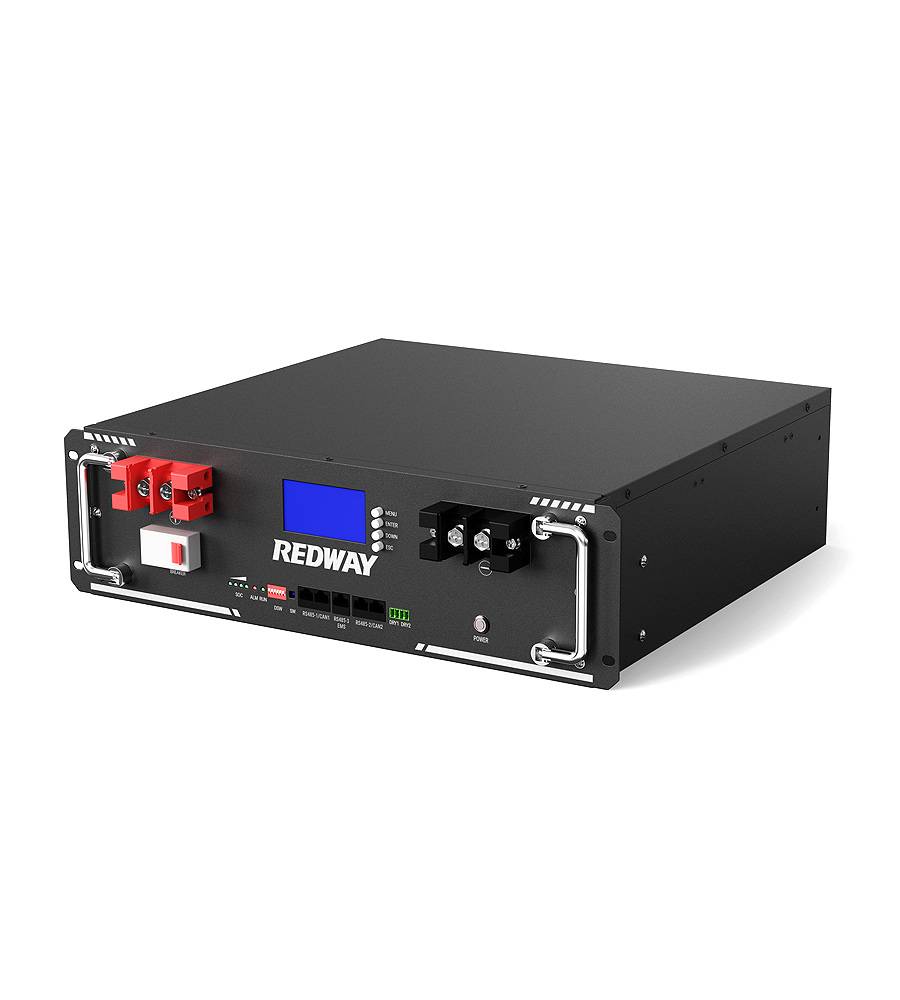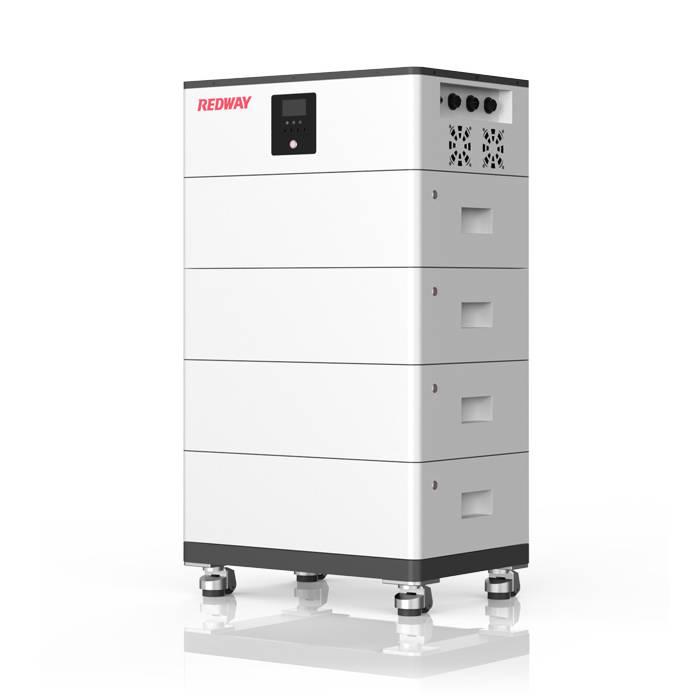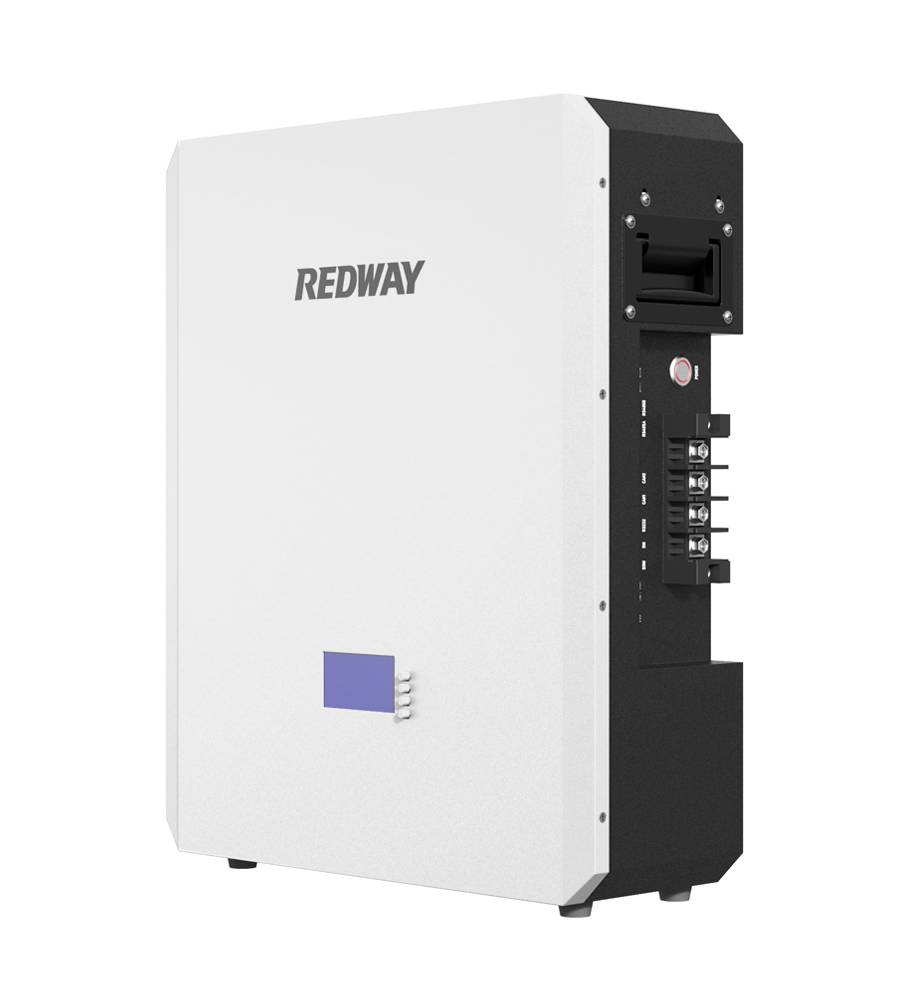- Forklift Lithium Battery
-
48V
- 48V 210Ah
- 48V 300Ah
- 48V 420Ah (949 x 349 x 569 mm)
- 48V 420Ah (950 x 421 x 450 mm)
- 48V 456Ah
- 48V 460Ah (830 x 630 x 590 mm)
- 48V 460Ah (950 x 421 x 450 mm)
- 48V 460Ah (800 x 630 x 600 mm)
- 48V 460Ah (820 x 660 x 470 mm)
- 48V 500Ah
- 48V 560Ah (810 x 630 x 600 mm)
- 48V 560Ah (950 x 592 x 450 mm)
- 48V 600Ah
- 48V 630Ah
-
48V
- Lithium Golf Cart Battery
- 12V Lithium Battery
12V 150Ah Lithium RV Battery
Bluetooth App | BCI Group 31
LiFePO4 Lithium
Discharge Temperature -20°C ~ 65°C
Fast Charger 14.6V 50A
Solar MPPT Charging - 24V Lithium Battery
- 36V Lithium Battery
- 48V Lithium Battery
-
48V LiFePO4 Battery
- 48V 50Ah
- 48V 50Ah (for Golf Carts)
- 48V 60Ah (8D)
- 48V 100Ah (8D)
- 48V 100Ah
- 48V 100Ah (Discharge 100A for Golf Carts)
- 48V 100Ah (Discharge 150A for Golf Carts)
- 48V 100Ah (Discharge 200A for Golf Carts)
- 48V 150Ah (for Golf Carts)
- 48V 160Ah (Discharge 100A for Golf Carts)
- 48V 160Ah (Discharge 160A for Golf Carts)
-
48V LiFePO4 Battery
- 60V Lithium Battery
-
60V LiFePO4 Battery
- 60V 20Ah
- 60V 30Ah
- 60V 50Ah
- 60V 50Ah (Small Size / Side Terminal)
- 60V 100Ah (for Electric Motocycle, Electric Scooter, LSV, AGV)
- 60V 100Ah (for Forklift, AGV, Electric Scooter, Sweeper)
- 60V 150Ah (E-Motocycle / E-Scooter / E-Tricycle / Tour LSV)
- 60V 200Ah (for Forklift, AGV, Electric Scooter, Sweeper)
-
60V LiFePO4 Battery
- 72V~96V Lithium Battery
- Rack-mounted Lithium Battery
- E-Bike Battery
- All-in-One Home-ESS
- Wall-mount Battery ESS
-
Home-ESS Lithium Battery PowerWall
- 24V 100Ah 2.4kWh PW24100-S PowerWall
- 48V 50Ah 2.4kWh PW4850-S PowerWall
- 48V 50Ah 2.56kWh PW5150-S PowerWall
- 48V 100Ah 5.12kWh PW51100-F PowerWall (IP65)
- 48V 100Ah 5.12kWh PW51100-S PowerWall
- 48V 100Ah 5.12kWh PW51100-H PowerWall
- 48V 200Ah 10kWh PW51200-H PowerWall
- 48V 300Ah 15kWh PW51300-H PowerWall
PowerWall 51.2V 100Ah LiFePO4 Lithium Battery
Highly popular in Asia and Eastern Europe.
CE Certification | Home-ESS -
Home-ESS Lithium Battery PowerWall
- Portable Power Stations
Are Car Batteries AC or DC?
A car battery operates on direct current (DC), providing stable and consistent power necessary for starting the engine and powering the vehicle’s electrical systems. Understanding the nature of car batteries and their operation is essential for anyone looking to maintain or troubleshoot automotive electrical systems.
Is a Car Battery AC or DC?
Car batteries are designed to provide direct current (DC). This means that the flow of electricity is in one direction, which is essential for the functioning of various electronic components in a vehicle, such as the ignition system, lights, and radio.
| Current Type | Description |
|---|---|
| Direct Current (DC) | Flows in one direction |
| Alternating Current (AC) | Changes direction periodically |
How Does a Car Battery Produce Electricity?
A car battery produces electricity through a chemical reaction between lead plates and sulfuric acid within its cells. This electrochemical reaction generates electrons that flow from the negative terminal to the positive terminal, creating direct current (DC) power.
| Process | Description |
|---|---|
| Chemical Reaction | Lead plates react with sulfuric acid |
| Electron Flow | Creates direct current |
Can AC Power Be Used in a Car?
While car batteries supply DC power, certain vehicle components like the alternator generate alternating current (AC). This AC power is then converted to DC using rectifiers to charge the battery and power the vehicle’s electrical systems. Some in-car appliances may also use inverters to convert DC power to AC for specific applications.
| Application | Description |
|---|---|
| Alternator | Generates AC power |
| Rectifier | Converts AC to DC |
| Inverter | Converts DC back to AC for appliances |
What Happens If You Connect a Car Battery to AC Power?
Connecting a car battery directly to an AC power source can be extremely dangerous. It can cause severe damage to the battery and potentially create safety hazards, including fires or explosions. Always use appropriate chargers designed for DC batteries when charging from an AC source.
| Scenario | Result |
|---|---|
| Connecting AC directly | Potential damage and safety hazards |
| Using proper charger | Safe and effective charging |
Why Are All Batteries DC?
Batteries inherently produce direct current because they store energy chemically and release it through electrochemical reactions that generate unidirectional electron flow. While devices may use alternating current, they require converters to change that current into direct current suitable for battery storage.
| Reason | Explanation |
|---|---|
| Chemical Reactions | Produce unidirectional electron flow |
| Compatibility | Most electronic devices operate on DC |
What Are the Differences Between AC and DC Power?
The key differences between alternating current (AC) and direct current (DC) include:
- Direction of Flow: DC flows steadily in one direction, while AC periodically reverses direction.
- Voltage Stability: DC provides stable voltage levels, making it ideal for battery-powered devices.
- Common Uses: DC is used in batteries and electronic devices, while AC is commonly used in household outlets.
| Characteristic | Direct Current (DC) | Alternating Current (AC) |
|---|---|---|
| Direction of Flow | Unidirectional | Bidirectional |
| Voltage Stability | Generally constant | Varies over time |
| Common Uses | Batteries, electronics | Household power supply |
Expert Insight
“Understanding whether your car battery operates on AC or DC is crucial for effective maintenance,” states an expert from Redway Power. “Since all automotive systems rely on direct current, ensuring proper charging methods will help maintain battery health and performance.”
Conclusion
Car batteries operate on direct current (DC), which is essential for powering various electronic components within vehicles. Understanding how they function, their interaction with alternating current systems, and their inherent properties helps users make informed decisions regarding maintenance and usage.
FAQ Section
- Is a car battery AC or DC?
Car batteries operate on direct current (DC). - How does a car battery produce electricity?
It produces electricity through an electrochemical reaction between lead plates and sulfuric acid. - Can I connect my car battery to an AC power source?
No, connecting directly can cause damage; always use appropriate chargers. - Why are all batteries considered DC?
Batteries produce unidirectional electron flow due to their chemical reactions.



